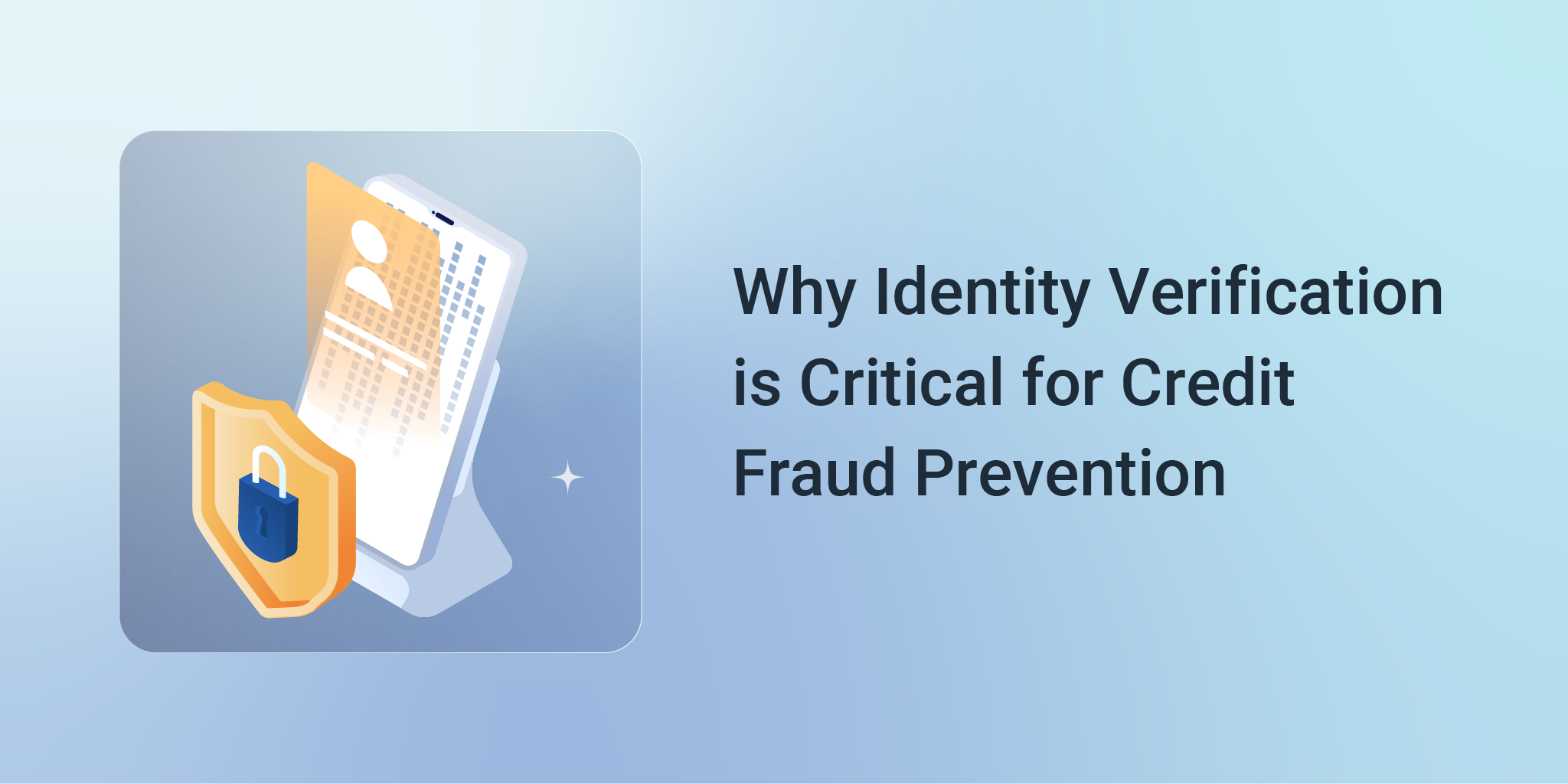Why Identity Verification is Critical for Credit Fraud Prevention
It’s not news to anyone with any significant experience in the financial service industry that fraud is a huge problem. The banking industry spends billions of dollars every year on fraud prevention and detection tools and associated personnel, and four out of ten banks dealt with over 1,000 fraud attempts last year alone, according to the “2024 State of Fraud” report published by identity risk solution provider Alloy.
The report also found that the financial services industry depends heavily on “during transaction” fraud detection. Not only did 50% of respondents report that they most commonly detect fraud in real time, but there was also a 10% decline versus 2023 in the likelihood of fraud being detected during onboarding. In other words, this means that the industry is less effective at detecting fraudulent applications and is more vulnerable to fraudulent activity by applicants it deems legitimate.
This indicates a step backward, as all resources directed toward identifying and stopping transactional fraud are functionally damage mitigation measures. For transaction fraud to be identified, it must have occurred, which means that by the time it was detected, some losses had already been incurred.
According to Alloy’s survey, the most common flag financial services providers used to detect fraud is a “dramatic increase in the volume of transactions in a short period of time.” This is the financial equivalent of a retail employee trying to chase down a shoplifter in the parking lot after he already filled his car’s trunk with stolen merchandise. The thefts may stop, but a lot of merchandise is already gone. Therefore, preventing fraudsters from getting inside is no less important than stopping them once they start misbehaving.
Additional vulnerabilities from weak identity verification processes
In addition to leaving institutions vulnerable to transaction fraud, inadequate identity verification processes open them to attacks such as synthetic identity fraud. With this approach, fraudsters craft a legitimate-looking identity using a combination of data to get approval for an application.
Once approved, fraudsters can either run up accounts quickly or, more dangerously, engage in bust-out fraud. With a bust-out, transaction activity will appear normal but the borrower has no intention of paying their debts. Since this type of fraud may be impossible to detect until after the account goes into default, the potential losses are substantial, especially when business lines of credit are involved, as these are often for larger amounts than consumer credit.
While implementing a robust identity verification process could cause an increase in application abandonment rates, a significant percentage of those abandons are likely to be potential fraudsters, as criminals always look for the path of least resistance and often try to run the same scam on multiple institutions at the same time. The associated reduction in fraud-related losses will also likely offset any downside from lower application completion rates.
How Torpago approaches fraud detection
At Torpago, we take the fraud challenge seriously and focus on stopping at the front door through a robust identity verification process.
In addition to requesting documentation from the applicant that proves the legitimacy of the business they’re applying for credit for and the legitimacy of the applicant’s identity, we’re cross-referencing the data they provide against government and fraud databases, as well as publicly available information. This helps us ensure they’re not on any sanction or entity lists and are not already known fraudsters.
Additionally, we use machine learning and AI to ingest and analyze the financial data they provide for any fraud indicators or potential defaults that we’ve seen in the past. This allows us to filter out potentially high-risk applications and better price the credit we offer based on how the application gets scored.
When it comes to measures for stopping transaction fraud, we have developed a real-time fraud engine that plugs into our authorization gateway. This system consists of 200+ AI-driven rules that monitor every authorization attempt for potentially fraudulent or unusual behavior. It allows us to stop fraudulent activity before it is authorized and to constantly update our models to make them better at detecting fraudulent activity.
Enhance your credit fraud prevention with Powered By
Our underwriting services are a key component of our Powered By program, which provides banks with a turnkey business credit card program. With ample modern features such as spend management, reimbursement processing, and finance management platform integrations, PoweredBy makes it easy for banks to offer a high-tech business credit card solution at a fraction of the build-it-yourself investment.
Request a demo today to learn more about how Torpago and PoweredBy help banks and credit unions attract new customers, increase customer lifetime value, and grow revenue!


